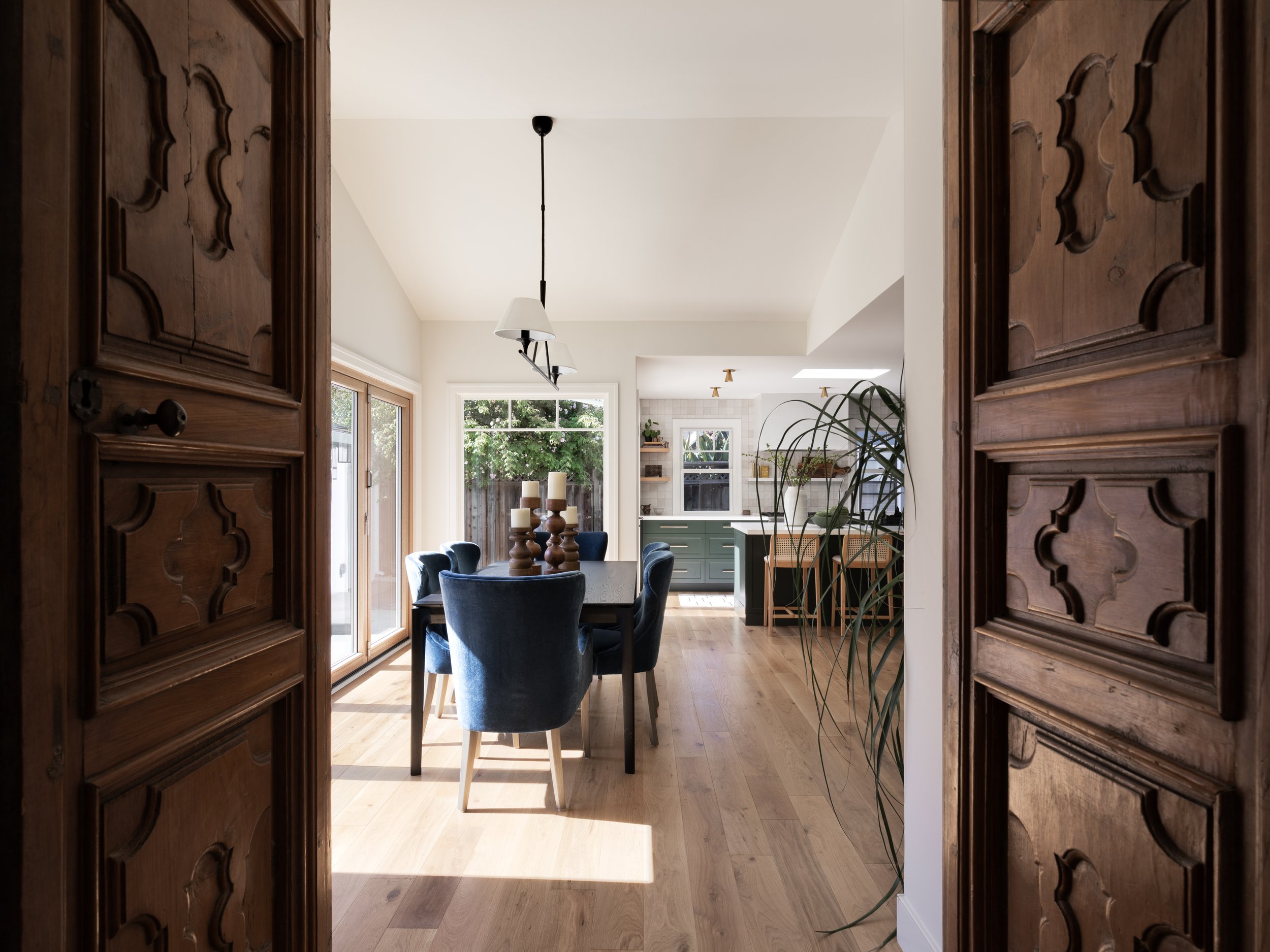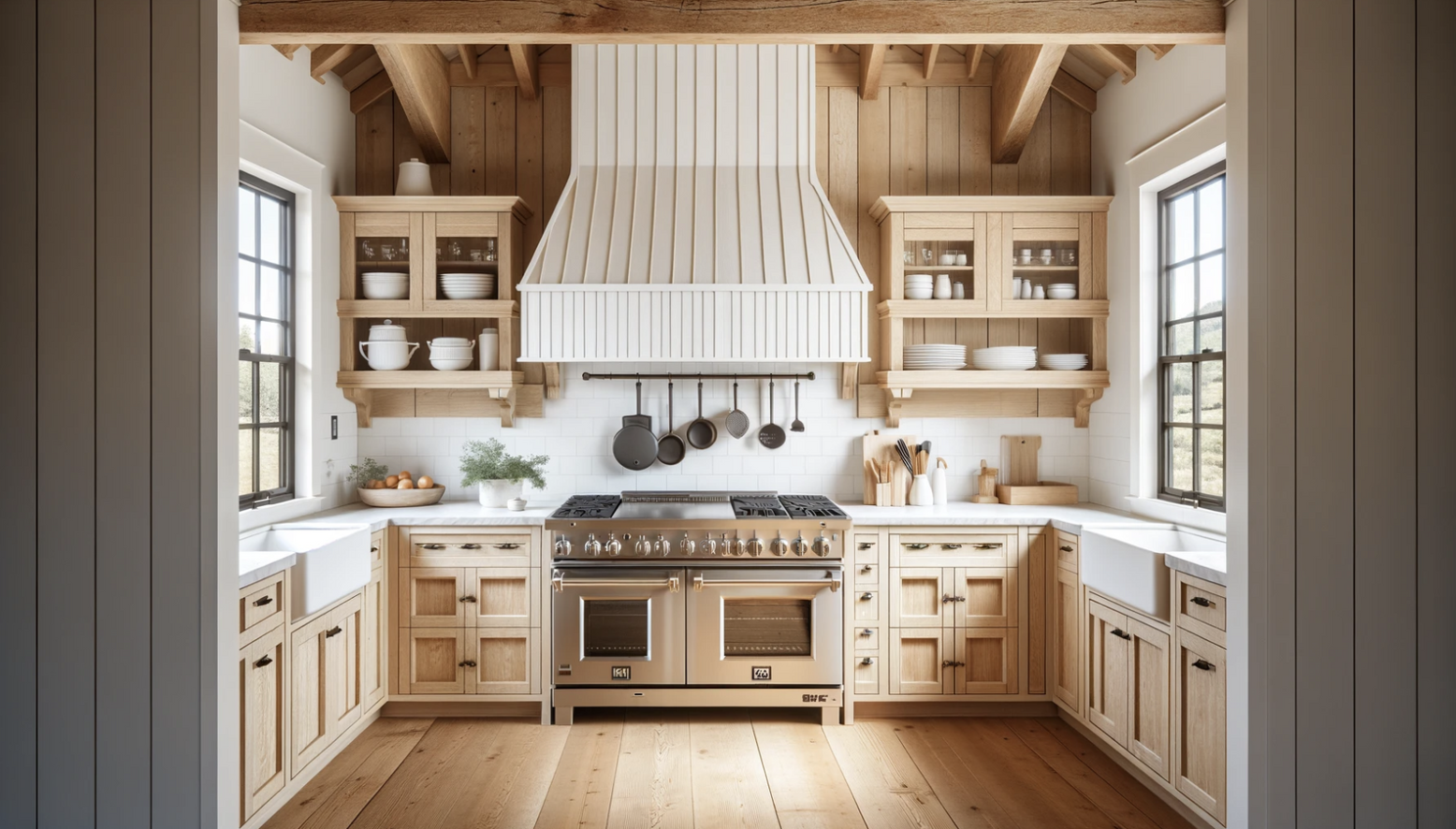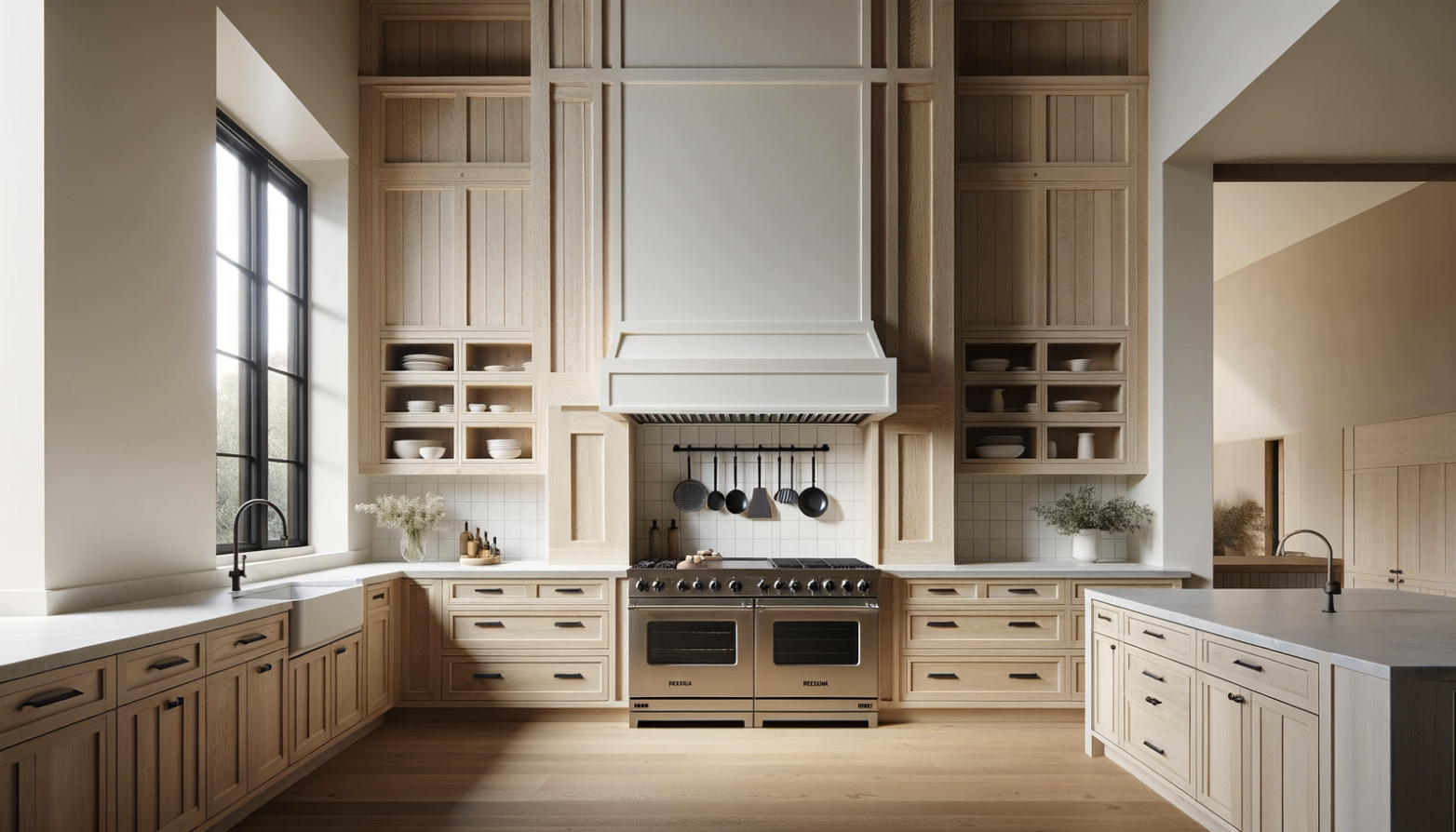As an interior designer, my approach to creating sustainable homes is centered on the profound impact that thoughtful design choices can have on both the environment and the well-being of the occupants. Here’s how I, as a designer, integrate sustainability into my projects:
Material Selection
Prioritizing Sustainability: I choose materials that are not only aesthetically pleasing but also environmentally responsible. This means opting for recycled, reclaimed, or sustainably sourced materials whenever possible. I also look for products with low VOC emissions to ensure healthier indoor air quality.
Durability Matters: I focus on selecting materials that are built to last. By choosing high-quality, durable finishes and furnishings, I help my clients invest in pieces that won't need to be replaced frequently, reducing waste and promoting sustainability.
Energy Efficiency
Innovative Lighting Solutions: I integrate energy-efficient lighting into my designs, such as LED fixtures, and make the most of natural light, reducing the home's energy consumption.
Smart Home Technology: Recommending energy-efficient appliances and smart systems for heating, cooling, and water usage is a standard part of my practice. These technologies not only reduce energy bills but also lessen the home's environmental footprint.
Water Efficiency
Conserving Water: I specify low-flow fixtures in bathrooms and kitchens to minimize water use. Where applicable, I incorporate systems for rainwater harvesting and greywater use to further conserve this vital resource.
Waste Reduction
Creative Reuse: I encourage my clients to see the beauty and potential in repurposed and upcycled items. This approach not only adds unique character to their spaces but also aligns with the principles of circular design by reducing consumption and waste.
Adaptable Design: I select furniture that is versatile and multifunctional, anticipating the evolving needs of the space and its occupants, which discourages the disposable culture often seen in interior design.
We used these vintage doors in this home to add character and also reduce consumption
Enhancing Indoor Environmental Quality
Healthy Living Environments: I am committed to choosing finishes and materials that contribute to a healthy indoor environment, avoiding those that emit harmful chemicals and pollutants.
Maximizing Natural Ventilation: Designing spaces that encourage natural airflow helps to reduce the need for air conditioning, promoting a healthier and more sustainable living environment.
Educating and Influencing
A Role Beyond Design: I see it as part of my responsibility to educate my clients about the benefits and possibilities of sustainable design. By demonstrating how eco-friendly choices can be both beautiful and functional, I aim to inspire a broader adoption of sustainable practices.
Incorporating sustainability into my design philosophy is about creating spaces that are not only beautiful but also kind to the planet and healthy for those who inhabit them. It's a holistic approach that considers the environmental impact of every choice, from materials and energy use to water conservation and waste reduction. My goal is to create homes that are as sustainable as they are stunning, proving that style and sustainability can go hand in hand.











